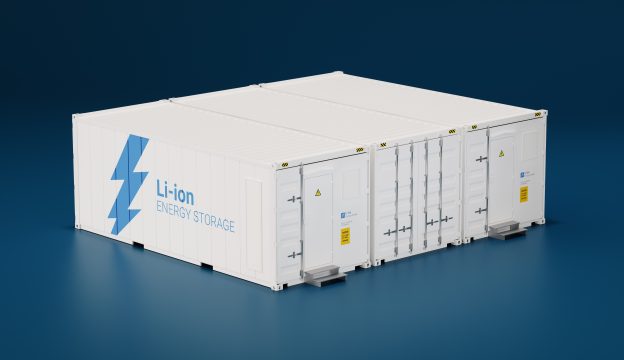Scientists have been heavily engaged in the study of nuclear fusion over past several years in the hopes of creating the next generation sustainable and low-carbon energy. But will this particular technology actually facilitate mitigation in climate change?
Nuclear fusion is definitely not an option if the global temperature rise is suppressed at below 1.5˚C. Scientists have pointed out to the Science and Technology Select Committee that nuclear fusion is unable to offer any solutions throughout the “sacrificial period” prior to attaining the target of net zero emission by 2050.
Tim Luce, Head of Science & Operation for the International Thermonuclear Experimental Reactor (ITER), pointed out that the potential of nuclear fusion lies on the hope that it brings to society during the second half of the 21st century. The study of ITER co-funded by 35 countries, including the EU, China, India, Japan, Russia, South Korea, and the US, aims to probe into the technology and engineering of Tokamak nuclear fusion, as well as evaluate the relevant feasibility in areas from experimental studies on plasma physics to large-scale power production from nuclear fusion plants, and provide assurance on zero negative impacts.
Luce pointed out that it is highly unlikely for the UK to provide 10% nuclear fusion power before 2050 due to a lack of technical capability and fuels.
There had been significant breakthroughs in nuclear fusion studies last year, where the National Ignition Facility (NIF) had generated 1.35 MJ of energy, which is also the first time that the generated energy has surpassed energy absorbed by fuels, while the Joint European Torus (JET) in the UK had also managed to produce 59 MJ of energy. There are other studies that point out experimental net gain can be achieved in 2040.
With that being said, nuclear fusion cannot be used as a solution for the current issue of climate change after all. Luce believes that the purpose of nuclear fusion is not to attain net zero emission, but rather lead us to a further and infinite future.
First Light Fusion, a University of Oxford spin-out, is relatively optimistic on the contrary, where CEO Nick Hawker pointed out that several reliable programs are able to resolve physical issues right now, and believes that an advanced nuclear fusion plant can be completed in the 2030s, before a small yet cost-competitive nuclear fusion plant is established in the 2040s.
However, we won’t be able to fulfill all power demand from nuclear fusion all of a sudden in 2040, and existing sustainable energy, such as solar and wind power, is still essential. Dame Sue Ion, former Chairman of the Nuclear Innovation and Research Advisory Board (NIRAB), commented that the schedule of completed plant prototype is the major problem, even if physics studies denote that net gains can be seen in 10 years or the next. The second problem is to prove that commercialization in nuclear fusion is attainable in the short term. As for the feasibility in grid-connection for nuclear fusion plants, it might be something to worry about during the second half of the 21st century, even with all engineering and technical challenges are comprehensively resolved.
Dame Sue added that it may be difficult to convince the public that nuclear fusion is a feasible form of energy at the current phase pertaining to engineering and economic benefits.
(Cover photo source: shutterstock)







